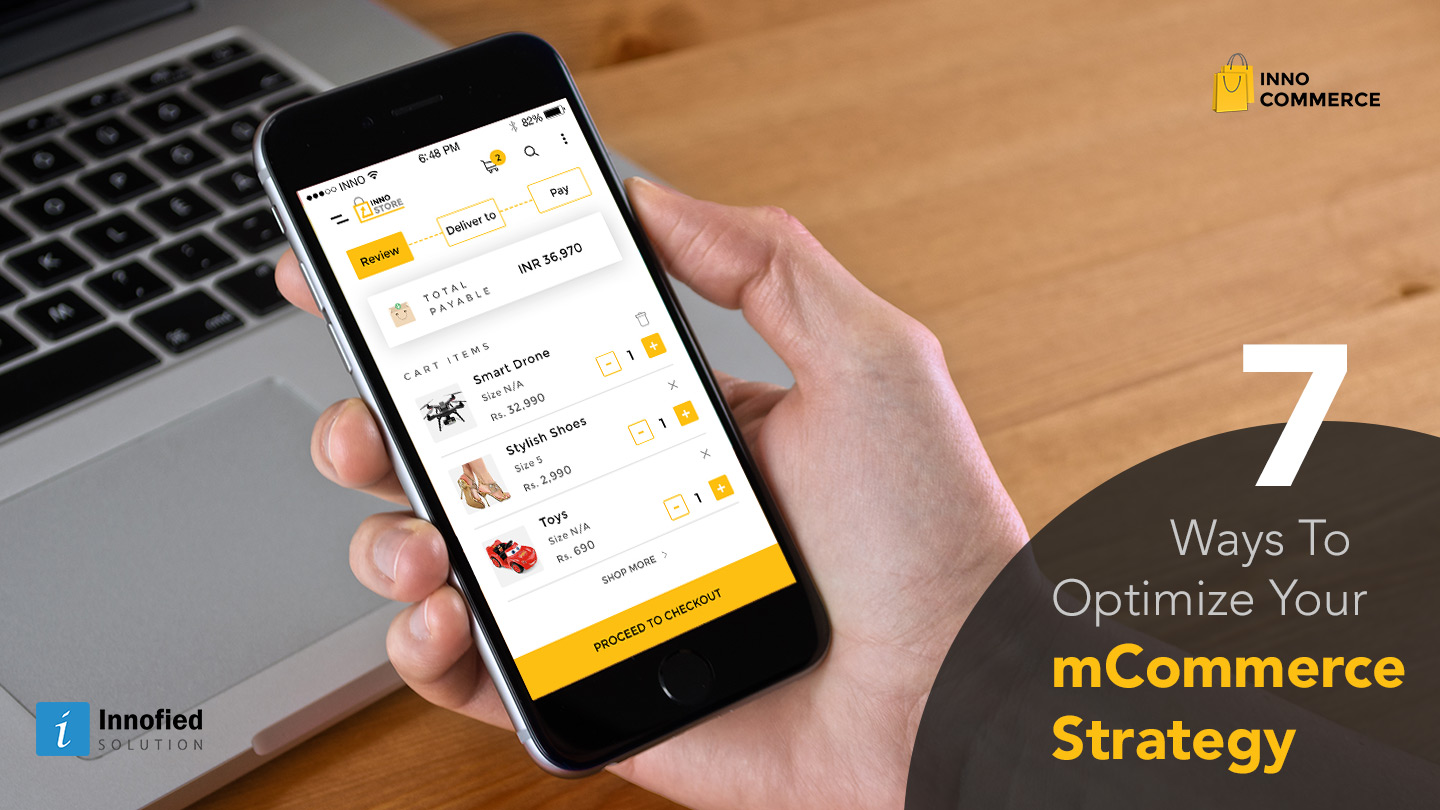Introduction
Mobile e-commerce, also known as m-commerce, has become an integral part of the online shopping experience. With the increasing use of smartphones and tablets, optimizing your e-commerce website for mobile devices is crucial to attract and retain customers. In this blog post, we will explore some valuable tips and tricks to enhance the mobile shopping experience and boost conversions on your mobile e-commerce platform.
1. Responsive Design
One of the most crucial aspects of optimizing mobile e-commerce is ensuring that your website has a responsive design. This means that your website should adapt and display properly on various screen sizes and devices, providing a seamless user experience.
2. Mobile-Friendly Navigation
When it comes to mobile e-commerce, navigation plays a vital role in guiding users through your website. Optimize your navigation by using a hamburger menu, clear and concise labels, and easy-to-tap buttons. This will make it easier for users to find what they are looking for and improve their overall experience.
3. Fast Loading Speed
Mobile users expect websites to load quickly, and a slow-loading website can lead to high bounce rates. Optimize your mobile e-commerce site by compressing images, minifying CSS and JavaScript files, and leveraging browser caching. This will help improve your website’s loading speed and keep users engaged.
4. Streamlined Checkout Process

A complicated and lengthy checkout process can discourage mobile users from completing their purchase. Simplify your checkout process by minimizing the number of steps, offering guest checkout options, and providing multiple payment methods. This will enhance the user experience and increase conversion rates.
5. Clear Call-to-Action Buttons
Make sure your call-to-action buttons are easily visible and clearly communicate the desired action. Use contrasting colors, larger font sizes, and persuasive language to encourage users to take the desired action, such as “”Add to Cart”” or “”Buy Now.””
6. Optimize Images for Mobile
Images play a crucial role in mobile e-commerce, but they can also slow down your website if not optimized properly. Resize and compress images to reduce their file size without compromising quality. Additionally, use descriptive alt tags to improve accessibility and optimize image loading speed.
7. Implement Mobile Search Functionality
Mobile users often rely on search functionality to find specific products or information quickly. Implement a search bar prominently on your mobile e-commerce site and ensure it provides accurate and relevant results. Consider adding features like autocomplete and filters to enhance the search experience.
Summary
Mobile e-commerce is rapidly growing, and it is essential for businesses to adapt to this trend to stay competitive in the market. To optimize your mobile e-commerce platform, consider the following tips and tricks:
- Responsive Design: Ensure your website is mobile-friendly and adapts to different screen sizes and resolutions.
- Streamlined Checkout Process: Simplify the checkout process by minimizing the number of steps and offering guest checkout options.
- Fast Loading Speed: Optimize your website’s loading speed to reduce bounce rates and improve user experience.
- Clear and Intuitive Navigation: Make it easy for users to find products and navigate through your mobile website.
- Mobile Payment Options: Offer a variety of secure and convenient mobile payment options to cater to different customer preferences.
- Optimized Product Images: Use high-quality, optimized images that load quickly and showcase your products effectively.
- Personalized Recommendations: Implement personalized product recommendations based on user preferences and browsing history.
- Seamless Social Media Integration: Integrate social media sharing and login options to enhance user engagement and reach a wider audience.
By implementing these tips and tricks, you can create a seamless and user-friendly mobile e-commerce experience that drives conversions and boosts customer additional info satisfaction. Stay tuned for more in-depth articles on each of these topics to learn how to optimize your mobile e-commerce platform effectively.
- Q: What is mobile e-commerce optimization?
- A: Mobile e-commerce optimization refers to the process of improving the performance, user experience, and conversion rates of an online store specifically for mobile devices.
- Q: Why is mobile e-commerce optimization important?
- A: Mobile devices have become the primary means of accessing the internet, and optimizing e-commerce websites for mobile can significantly enhance user engagement, increase sales, and improve customer satisfaction.
- Q: What are some tips for optimizing mobile e-commerce?
- A: Some tips for optimizing mobile e-commerce include: ensuring responsive design, simplifying navigation, optimizing page load speed, implementing mobile-friendly payment options, using high-quality product images, and providing a seamless checkout process.
- Q: How can responsive design improve mobile e-commerce?
- A: Responsive design allows websites to adapt and provide an optimal viewing experience on different devices. By implementing responsive design, mobile e-commerce sites can ensure that their content and layout are displayed correctly and intuitively across various screen sizes.
- Q: Why is page load speed important for mobile e-commerce?
- A: Mobile users have limited patience for slow-loading websites. Optimizing page load speed is crucial for mobile e-commerce as it reduces bounce rates, improves user experience, and increases the likelihood of conversions.
- Q: What are some mobile-friendly payment options?
- A: Mobile-friendly payment options include digital wallets like Apple Pay and Google Pay, as well as simplified checkout processes such as one-click payments and guest checkouts. These options streamline the payment process and enhance convenience for mobile shoppers.
- Q: How can high-quality product images impact mobile e-commerce?
- A: Mobile screens are smaller, so it’s essential to use high-quality product images that are optimized for mobile devices. Clear and visually appealing images can attract customers, showcase products effectively, and increase the chances of making a sale.
- Q: What makes a seamless checkout process for mobile e-commerce?
- A: A seamless checkout process for mobile e-commerce involves minimizing the number of steps required to complete a purchase, offering guest checkout options, providing clear



